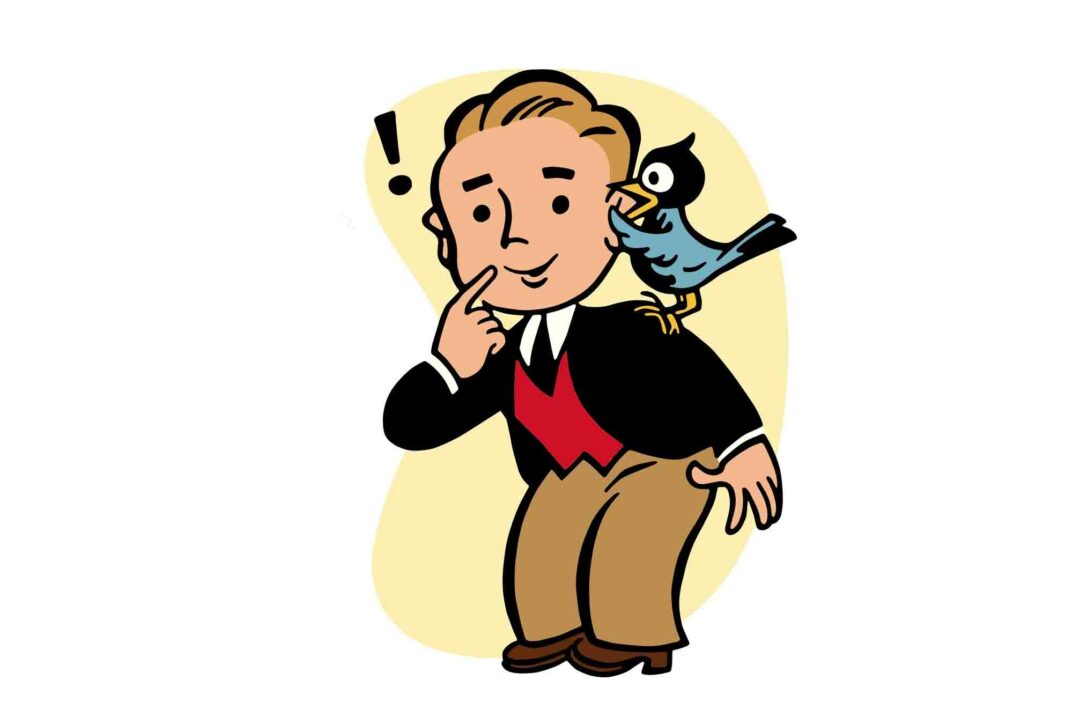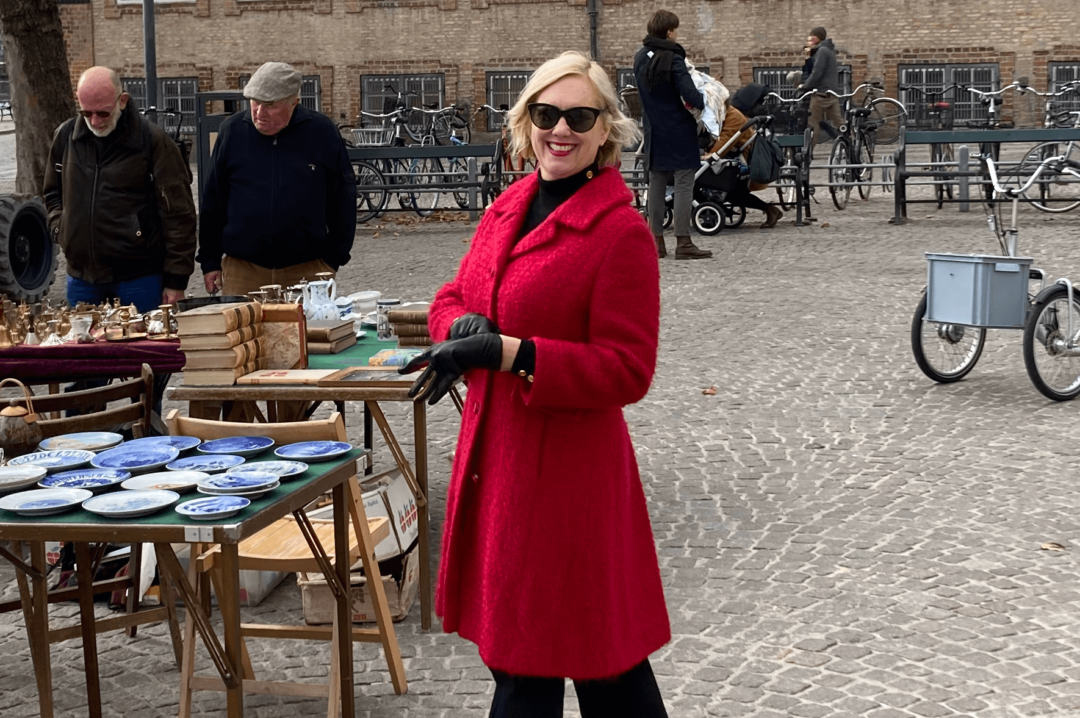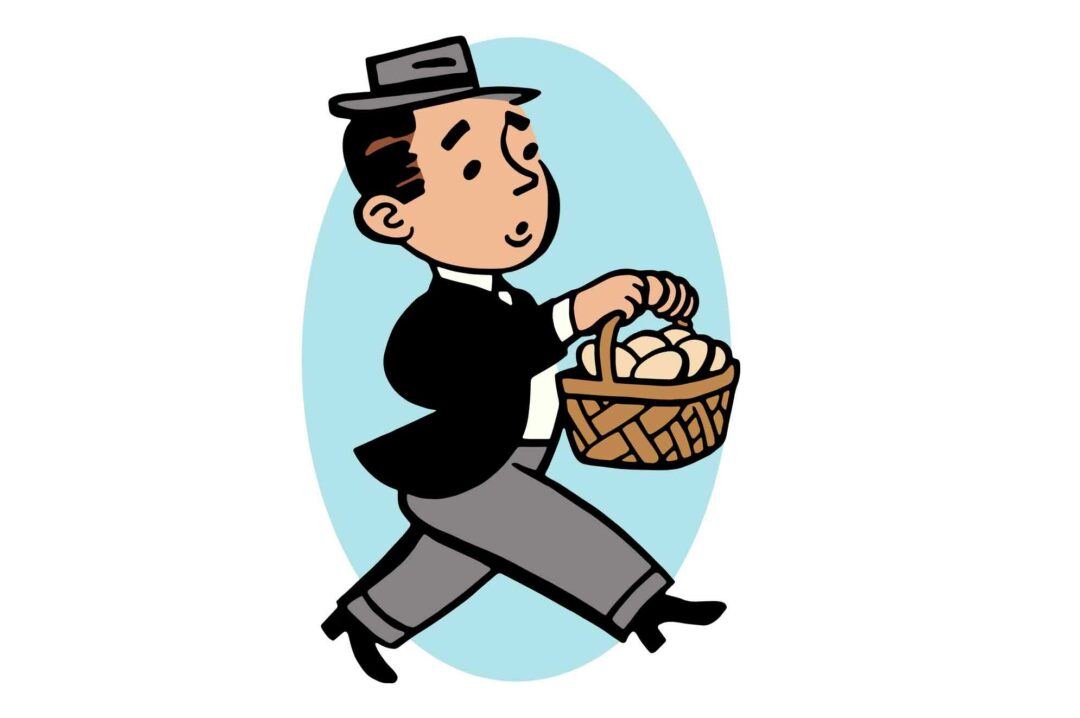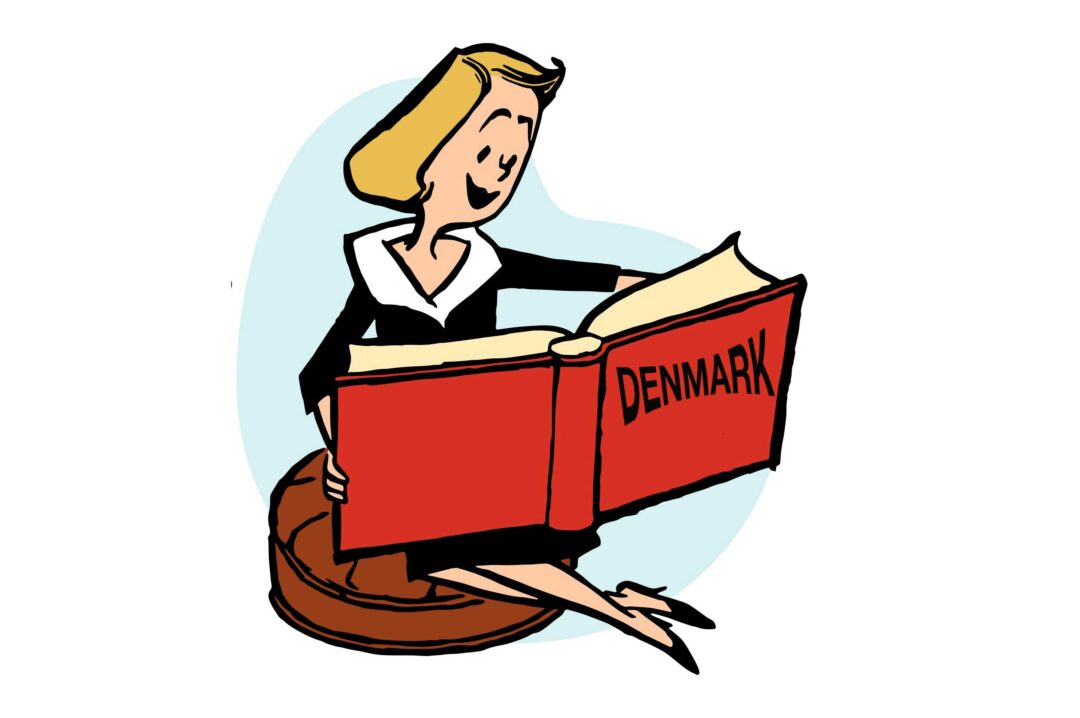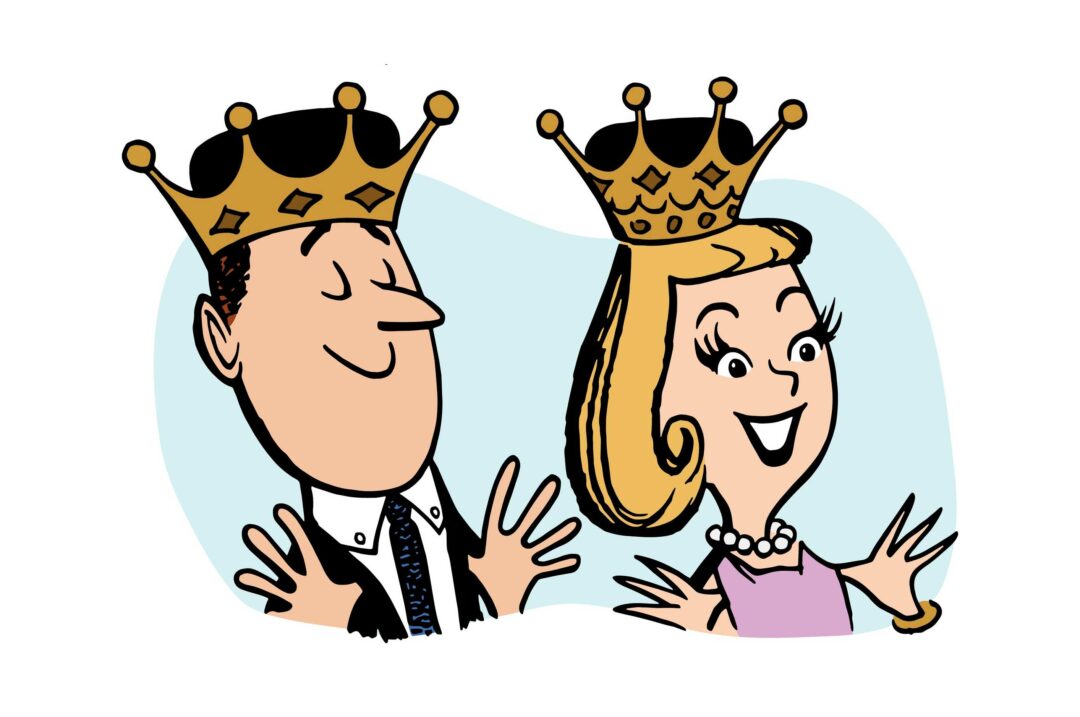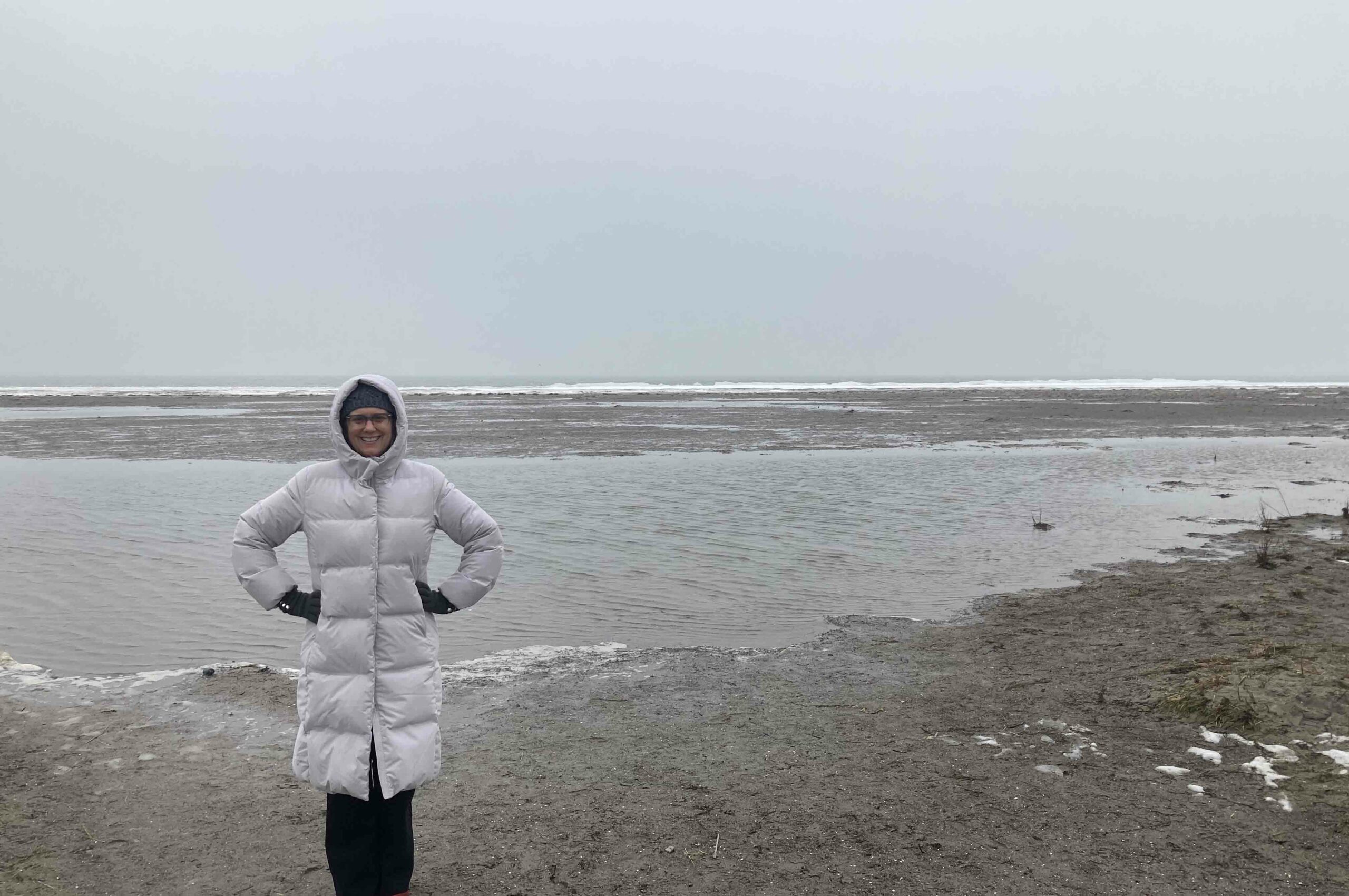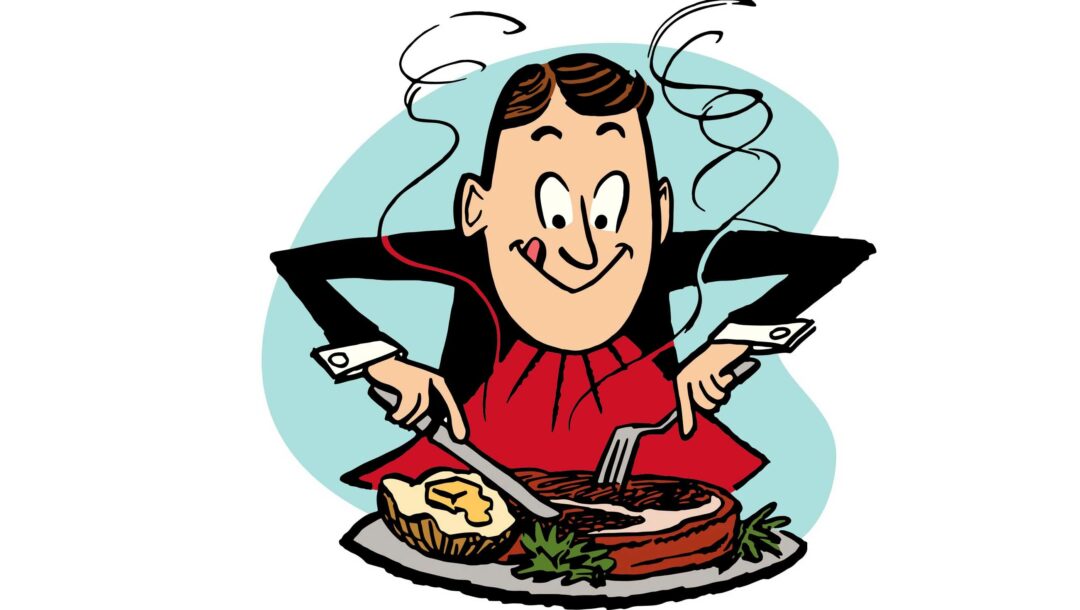It’s springtime, and the cherry trees are about to bloom in Copenhagen Northwest, which is usually the only time people who live outside Northwest bother to go there.
Northwest is a working class neighborhood, so much so that the streets are named after working-class occupations.
While other Copenhagen neighborhoods have streets named after kings and queens and generals, Northwest has Brick-maker street, and Book-binder street, and Rope-maker street, and Barrel-maker street.
But there are other things to see in Copenhagen Northwest besides the cherry trees, which have become a bit of a crowd scene since they were reported on by a national news network.
Old city, new neighborhood
Like many industrial districts in a post-industrial society, Northwest has become a bit of a trendy neighborhood. I live here, and when I first moved here ten years ago it was hard to find a café to meet up in. Lots of cafés and restaurants now, lots of young people, lots of activity.


